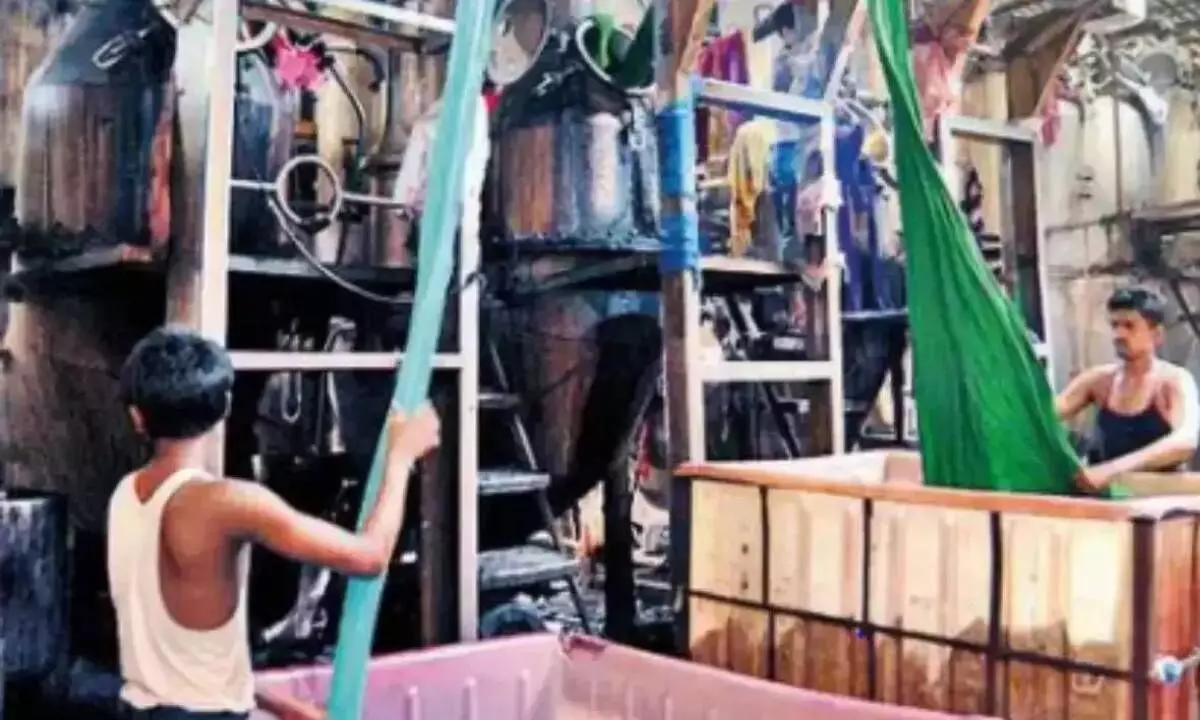Global slowdown hits MSME sector
Sluggish US, EU economies to cripple 20% of small businesses; MSMEs to spend more on working capital; Crisil report
image for illustrative purpose

Mumbai Small businesses, which account for almost 40 per cent of exports, will face headwinds from the imminent economic slowdown in advanced countries, particularly the US and Eurozone, according to a report. According to a Crisil analysis, one in five MSMEs will also see stretched working capital. The US and EU markets account for a third of the country’s overall exports. The analysis shows a fifth of the micro, small and medium enterprise (MSME) sector by value is likely to witness an increase in working capital requirement this fiscal compared to the pre-pandemic levels. These MSMEs in different sectors, dyes and pigment, gems and jewellery, and construction, are already grappling with high working capital requirements.
The analysis covers 69 sectors and 147 clusters, which constitute two-thirds of the MSME universe, logging in aggregate revenue of Rs 63 lakh crore, representing around a quarter of the gross domestic product last fiscal. According to Pushan Sharma, a director with the agency, export oriented MSMEs in Ahmedabad and Surat are expected to see their working capital days swell this fiscal compared to the pre-pandemic levels.
The Ahmedabad cluster will see an increase of 20-25 days, driven by a rise in the working capital requirement of the dyes and pigments sector, and the Surat cluster by 35 days, driven by the higher working capital requirement of the diamond exports sector. The Ahmedabad cluster has a major presence of companies in dyes and pigments, pesticides, and pharmaceuticals.
The working capital stretch here will be because of a rise in working capital days for the dyes and pigments sector for three reasons are inventory pile-up following dumping by Chinese producers, the recent earthquake in Turkey, and a slowdown in the US. These three account for 20-25 per cent of the total exports of dyes and pigments, pesticides, and pharmaceuticals.
As much as 90 per cent of diamond exports emanate from the Surat cluster and diamonds constitute more than half of gems and jewellery exports, and a substantial decline in demand from the US, the largest export market, is having a major impact. That, in turn, is having a bearing on receivable days, leading to an increase in working capital days from 140 before the pandemic to over 200 now.
In the construction and roads sector, the underachievement of budgeted capex last fiscal to rein in fiscal deficit has added to the challenges in meeting working capital demand amid high commodity prices. This has led to an increase of over 100 days in their working capital cycle this fiscal compared to the pre-pandemic levels.

